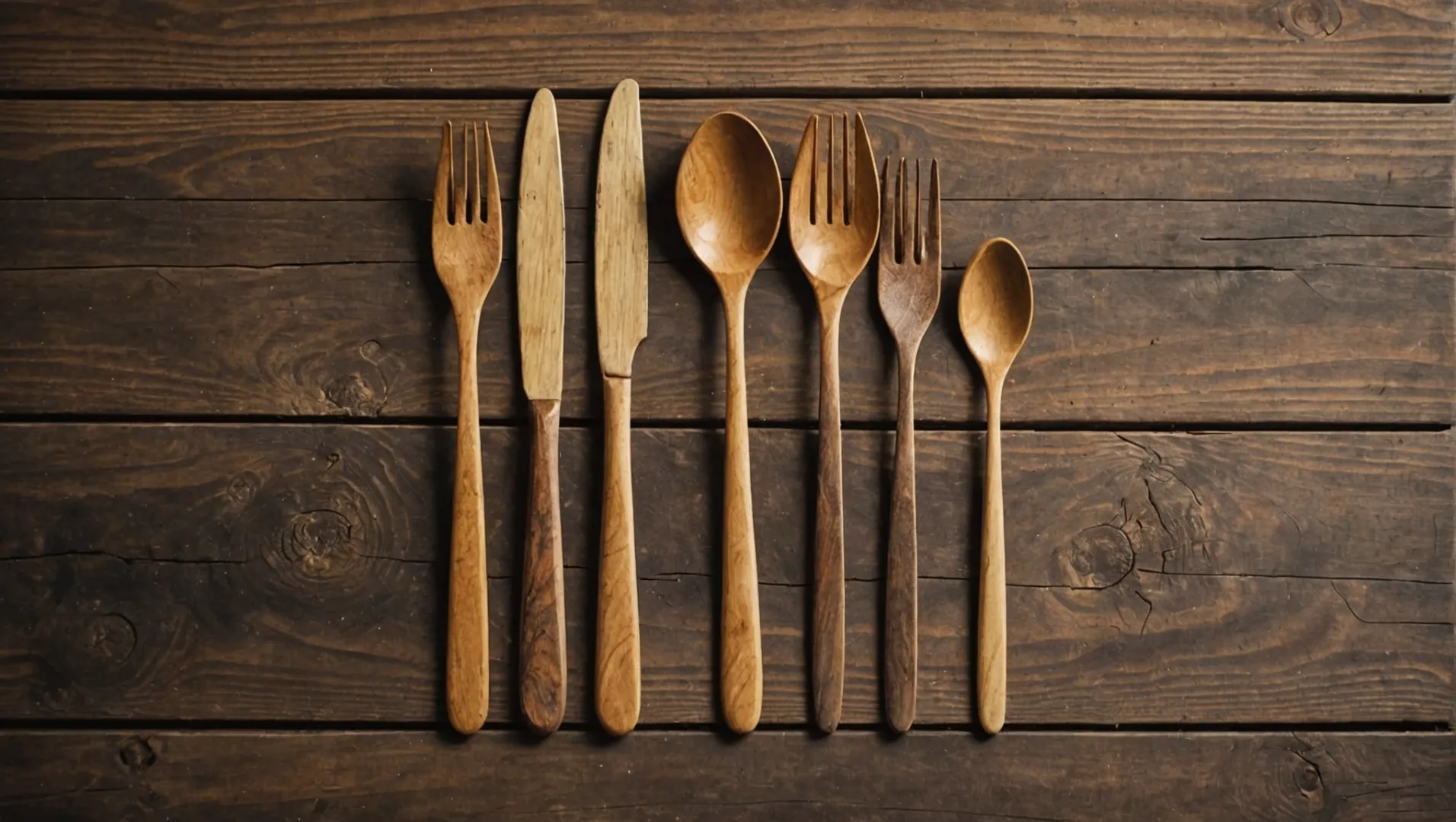
Have you ever reached for a wooden fork, appreciating its earthy charm, only to wonder about its cleanliness?
Yes, disposable wooden cutlery can pose bacterial absorption risks due to its porous nature. However, using natural coatings like beeswax or plant oils can effectively mitigate these risks by creating a moisture-resistant barrier. Ensuring proper maintenance is key to keeping them hygienic and safe.
But don’t worry! I’m here to guide you through the ins and outs of maintaining your wooden utensils so that you can enjoy their eco-friendly benefits without compromising on safety.
Natural coatings reduce bacterial growth on wooden cutlery.True
Coatings like beeswax create a barrier, reducing moisture absorption and bacterial risks.
What Makes Wooden Cutlery Prone to Bacterial Absorption?
Wooden cutlery, though eco-friendly, can harbor bacteria due to its porous surface, raising hygiene concerns.
Wooden cutlery is prone to bacterial absorption because of its porous nature, which can trap moisture and food particles. To reduce this risk, manufacturers apply protective coatings like beeswax or plant oils, which create a barrier against moisture and bacteria. Proper cleaning and maintenance are also essential to ensure hygiene.
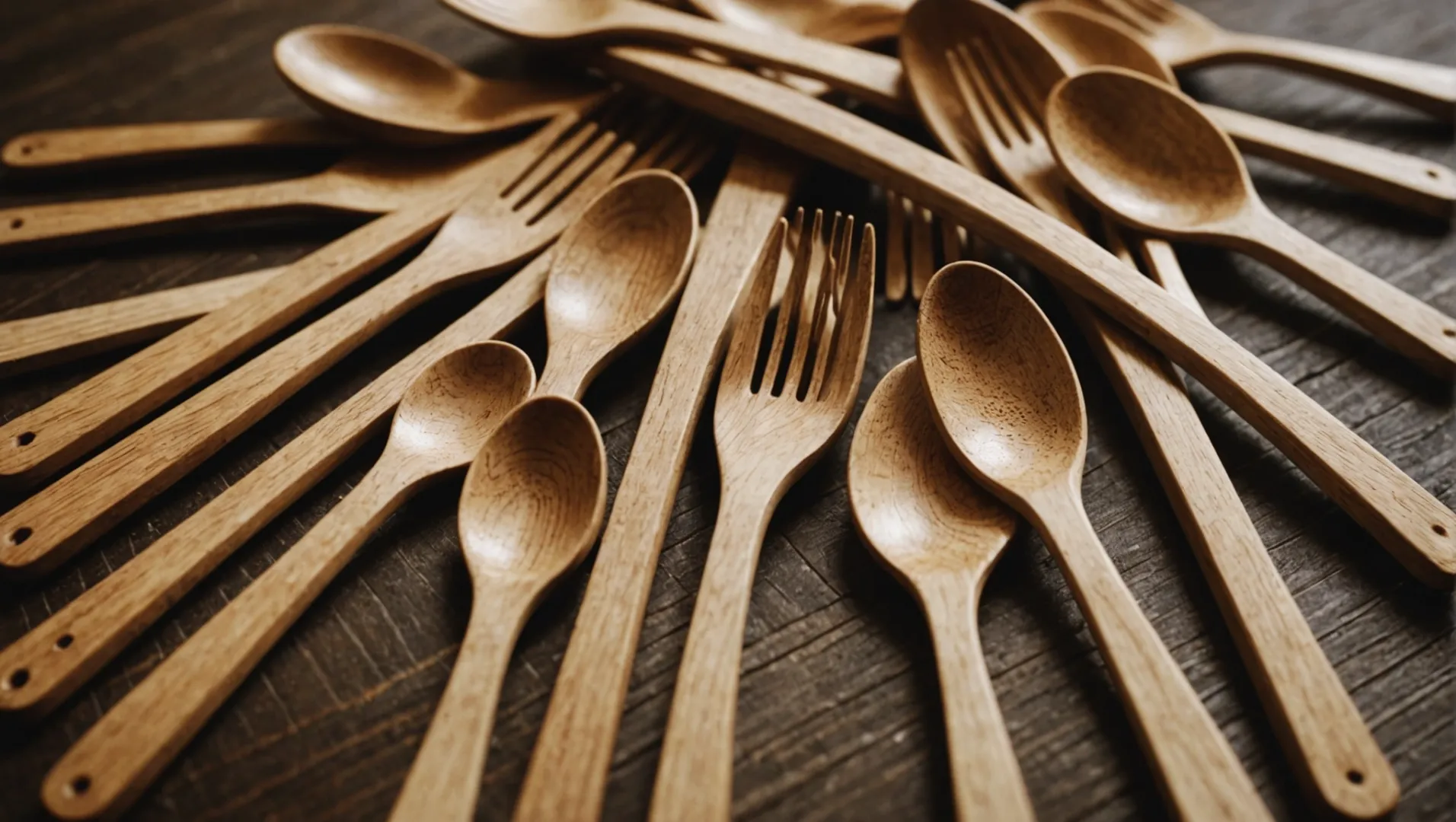
Understanding the Porous Nature of Wood
The fundamental reason wooden cutlery is more susceptible to bacterial absorption lies in the inherent porous structure1 of wood. Unlike non-porous materials like metal or plastic, wood's cellular composition allows it to absorb and retain moisture, which can become a breeding ground for bacteria.
Wood cells are designed to transport water and nutrients, making them ideal for trees but problematic for utensils meant to handle food. When wood cutlery comes into contact with food and liquids, these pores can trap food particles and moisture, creating an environment conducive to bacterial growth.
The Role of Moisture in Bacterial Growth
Moisture is a key factor in bacterial proliferation. When wooden cutlery absorbs liquids from foods or washing, it can remain damp for extended periods. This retained moisture not only weakens the wood over time but also provides the perfect habitat for bacteria to thrive.
To better illustrate, consider a comparison table2 highlighting how different materials respond to moisture:
| Material | Porosity Level | Moisture Retention | Bacterial Risk |
|---|---|---|---|
| Metal | Low | Low | Low |
| Plastic | Very Low | Very Low | Low |
| Wood | High | High | High |
Impact of Environmental Conditions
Environmental conditions such as humidity and temperature significantly impact wooden cutlery's susceptibility to bacterial absorption. In humid climates, wood may absorb more ambient moisture, enhancing the risk of bacterial presence. Similarly, high temperatures can accelerate bacterial growth in trapped moisture within the wood.
For consumers using wooden cutlery in varying environmental conditions, understanding these factors can help them adapt their maintenance practices accordingly.
Protective Coatings as a Solution
Manufacturers often apply natural coatings like beeswax or plant oils to create a moisture-resistant barrier on wooden cutlery. These coatings fill the wood's pores and create a smoother surface that is less likely to trap bacteria. However, these coatings can wear off over time due to use and washing, necessitating periodic reapplication to maintain effectiveness.
Applying such treatments yourself can also enhance the longevity and hygiene of your wooden utensils. Regular maintenance routines, including oiling and proper storage, are crucial for maintaining the integrity and safety of wooden cutlery over time.
For those interested in DIY solutions, exploring guides on applying beeswax coatings3 could be beneficial in extending the life of your utensils.
Wooden cutlery is more porous than plastic cutlery.True
Wood's cellular structure is designed for nutrient transport, making it porous.
Beeswax coatings on wood never wear off over time.False
Coatings can wear off with use and washing, needing reapplication.
How Do Natural Coatings Enhance the Safety of Wooden Utensils?
Natural coatings like beeswax and plant oils not only enhance aesthetics but also protect wooden utensils from moisture and bacteria.
Natural coatings such as beeswax and plant oils create a barrier on wooden utensils that prevents moisture absorption and bacterial growth. These coatings are crucial for maintaining hygiene and extending the life of the utensils by providing a food-safe, moisture-resistant finish that helps keep bacteria at bay.
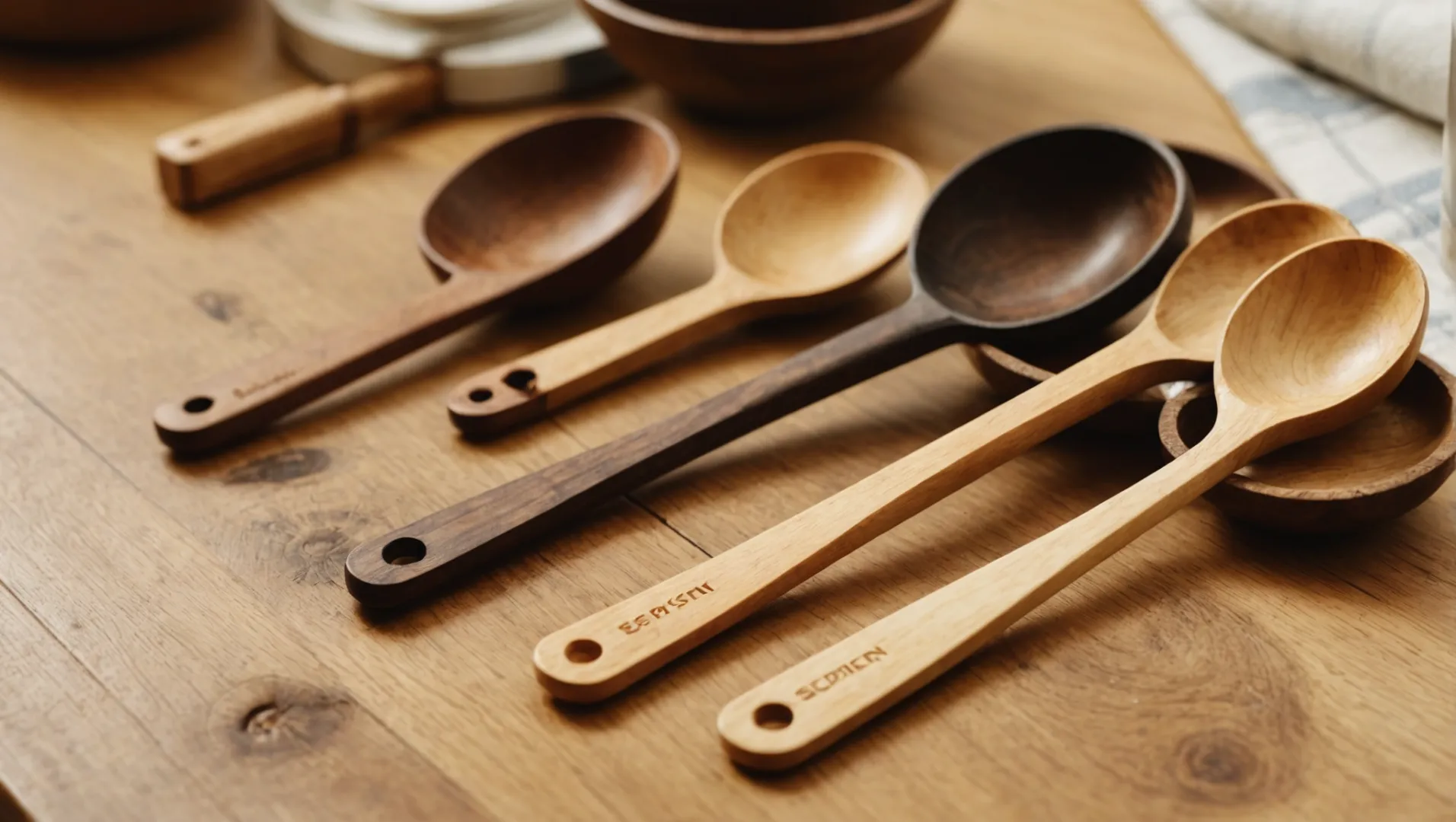
The Role of Natural Coatings in Moisture Resistance
One of the primary functions of natural coatings on wooden utensils is to reduce moisture absorption. Wood, being a porous material, can easily soak up liquids, which may lead to bacterial growth and even structural damage over time. By applying a layer of beeswax or plant oil, manufacturers create a water-resistant barrier, safeguarding the utensil's integrity and hygiene.
Beeswax, for example, is renowned for its ability to seal and protect surfaces. It forms a thin, waxy layer that repels water while allowing the wood to "breathe," preventing warping or cracking due to humidity changes. Similarly, plant oils like coconut or walnut oil penetrate the wood grain, enhancing its natural color while creating a hydrophobic layer that keeps moisture out.
Protection Against Bacterial Growth
Natural coatings do more than just repel water; they also play a crucial role in inhibiting bacterial absorption. Without a protective layer, wooden surfaces can become breeding grounds for bacteria, especially when exposed to food residues or moisture. A well-applied natural coating minimizes this risk by smoothing out the wood's surface, making it less conducive to bacterial adherence.
Moreover, some natural oils have mild antimicrobial properties that add an extra layer of protection. For instance, coconut oil contains lauric acid, known for its antibacterial qualities. By regularly conditioning wooden utensils with such oils, users can maintain both the utensil's appearance and its safety profile.
Long-term Maintenance of Wooden Utensils
To maximize the benefits of natural coatings, it's vital to reapply them periodically. Over time, through use and washing, these coatings can wear off, diminishing their protective capabilities. A simple routine of oiling or waxing after every few washes can significantly prolong the life and safety of wooden utensils.
Here's a quick maintenance guide4 for keeping your utensils in top condition:
- Clean: Wash with mild soap and warm water; avoid soaking.
- Dry: Pat dry immediately with a soft cloth.
- Reapply: Use food-safe oil or wax; allow it to soak in before wiping off excess.
By integrating these practices into regular care routines, users ensure that their wooden cutlery remains hygienic and durable over time.
Beeswax coatings prevent wooden utensils from absorbing moisture.True
Beeswax forms a water-resistant layer, protecting wood from moisture.
Natural oils on wooden utensils encourage bacterial growth.False
Natural oils create a barrier that inhibits bacterial adherence.
What Are the Environmental Benefits of Choosing Wooden Over Plastic Cutlery?
In the pursuit of eco-friendly alternatives, wooden cutlery emerges as a compelling option over plastic. But what environmental benefits does it truly offer?
Wooden cutlery offers significant environmental benefits over plastic by being biodegradable and derived from renewable resources. It reduces plastic waste, decomposes naturally, and is often sourced from sustainably managed forests, making it a sustainable choice for environmentally conscious consumers.
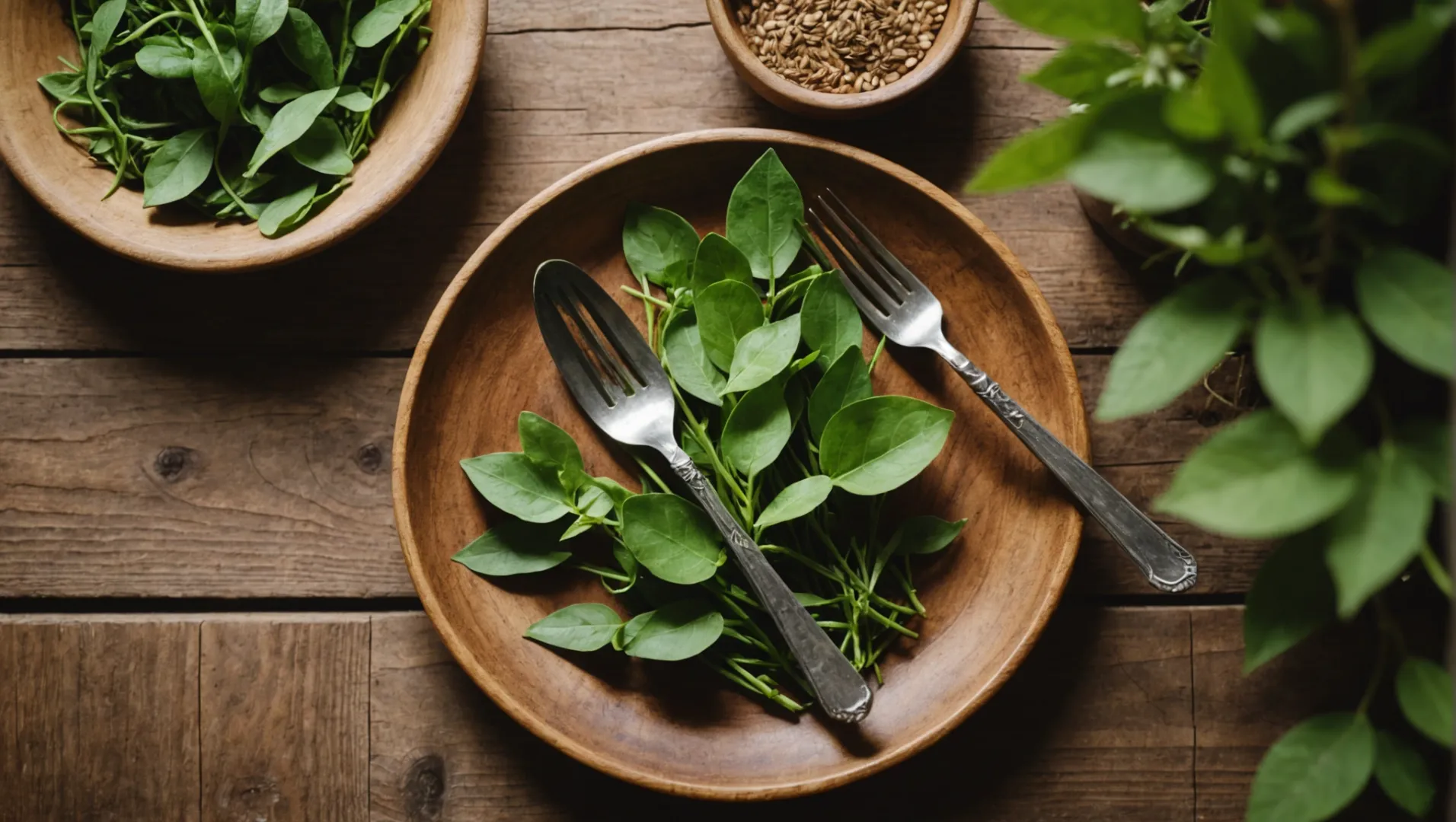
The Biodegradability Factor
One of the most notable environmental benefits of choosing wooden cutlery5 over plastic is its biodegradability. Unlike plastic, which can take hundreds of years to decompose, wooden utensils break down naturally within a much shorter time frame. This means that when disposed of properly, they contribute less to landfill waste and help mitigate the growing problem of plastic pollution.
Renewable Resource Utilization
Wooden cutlery is typically made from renewable resources, such as birch or bamboo. These materials are harvested from forests that can be replenished, unlike the petroleum-based sources of plastic. Sustainable forestry practices ensure that wood resources are harvested responsibly, minimizing environmental impact and preserving ecosystems.
Minimal Carbon Footprint
The production of wooden cutlery generally has a lower carbon footprint compared to plastic manufacturing. Wood processing requires less energy and results in fewer carbon emissions. Moreover, trees absorb carbon dioxide during their growth, which can offset some of the emissions related to their processing and transportation.
End-of-Life Benefits
Once wooden cutlery has served its purpose, it offers further environmental benefits through composting. Many wooden utensils are compostable, breaking down into nutrient-rich soil that can support new plant life. This process contrasts starkly with plastic utensils, which persist in the environment, leaching harmful chemicals as they degrade slowly.
The Impact on Marine Life
By reducing reliance on plastic cutlery, we also diminish the threat posed to marine life. Plastic waste often finds its way into oceans, where it can be ingested by marine animals, causing harm or even death. In contrast, wooden utensils pose no such threat if they happen to enter marine environments.
Sustainable Certifications and Practices
Manufacturers who produce wooden cutlery often adopt eco-friendly certifications such as FSC certification6. These certifications verify that the wood is sourced from responsibly managed forests, adding an extra layer of environmental assurance for consumers.
In sum, wooden cutlery not only provides a practical alternative to plastic but also aligns with sustainable living goals. From its renewable sourcing to its ability to decompose naturally, it stands as a testament to how everyday choices can contribute positively to the environment.
Wooden cutlery is biodegradable.True
Wooden cutlery decomposes naturally, unlike plastic, reducing landfill waste.
Plastic cutlery has a lower carbon footprint than wood.False
Wood processing requires less energy and emits fewer carbon emissions.
How Can Consumers Properly Maintain Wooden Cutlery to Ensure Safety?
Wooden cutlery, while eco-friendly and stylish, requires specific care to remain safe and durable.
To ensure the safety of wooden cutlery, consumers should hand wash them with mild soap, avoid prolonged soaking, regularly apply food-safe oil, and store them in a dry place. Proper maintenance prevents bacterial growth and extends the lifespan of the utensils.
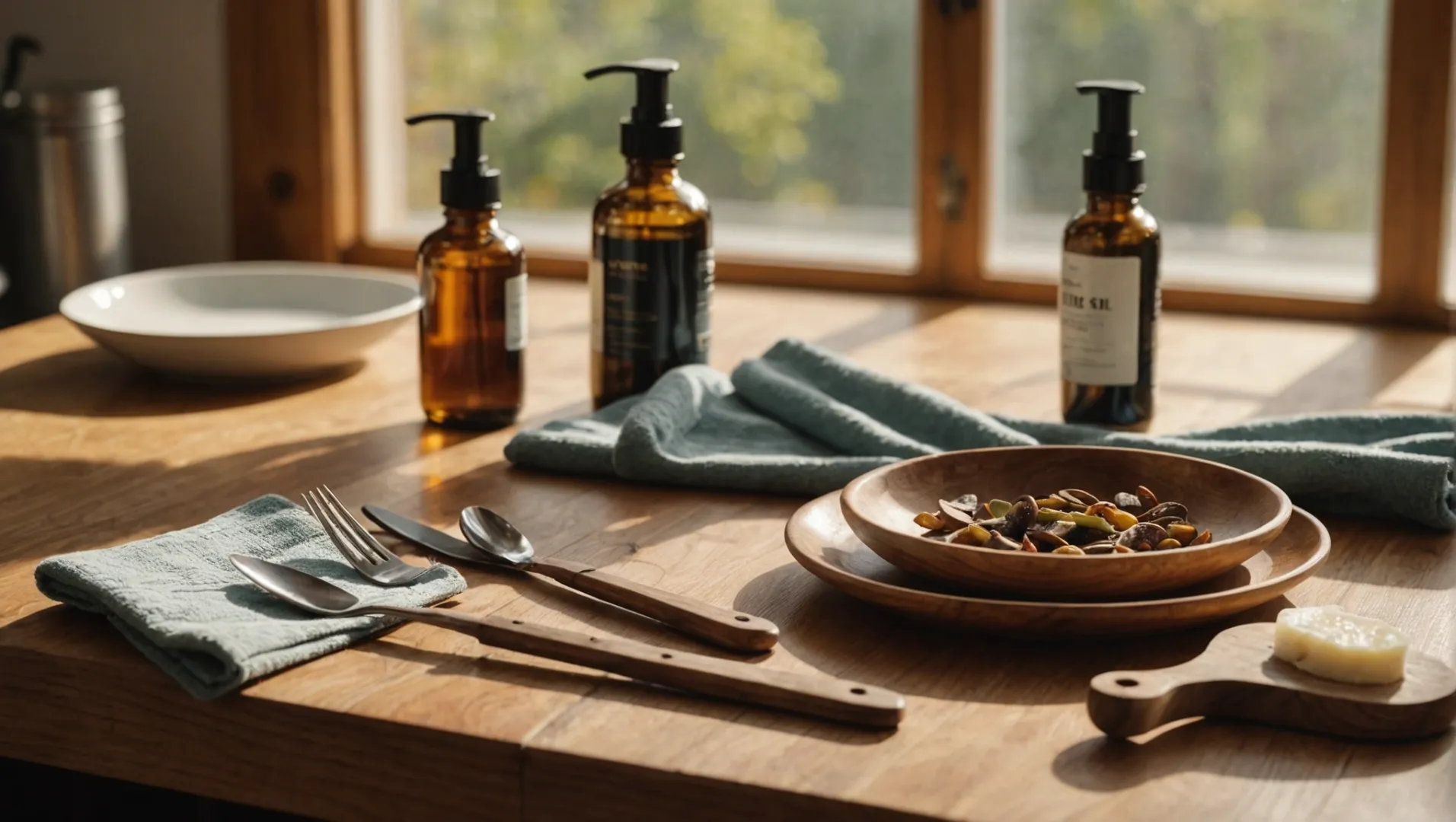
Why Is Maintenance Essential for Wooden Cutlery?
Wooden cutlery offers a natural aesthetic and is a sustainable choice compared to plastic alternatives. However, due to its porous nature, it can absorb moisture and harbor bacteria if not maintained properly. Regular upkeep is essential to prevent these issues and ensure the utensils remain safe for use.
Step-by-Step Care for Wooden Utensils
- Hand Washing: Always wash wooden cutlery by hand using mild soap and warm water. Avoid using a dishwasher as high temperatures and harsh detergents can damage the wood's integrity.
- Avoid Soaking: Prolonged exposure to water can cause the wood to swell, warp, or crack. Rinse thoroughly and dry immediately with a towel.
- Regular Oiling: Apply a thin layer of food-safe mineral oil or beeswax monthly. This helps to seal the wood, making it more resistant to moisture and bacterial absorption.
- Proper Storage: Store your wooden cutlery in a dry environment. Avoid placing them in damp areas like near the sink or in a humid drawer.
Understanding Natural Coatings
Natural coatings such as beeswax or plant-based oils are crucial for maintaining wooden cutlery. They create a barrier that reduces moisture absorption and bacterial growth. Over time, these coatings wear off, necessitating regular reapplication.
| Coating Type | Benefits |
|---|---|
| Beeswax | Provides a natural moisture barrier |
| Mineral Oil | Seals wood pores effectively |
Regular maintenance not only extends the life of your utensils but also maintains their appearance and safety.
Common Mistakes to Avoid
- Using Harsh Chemicals: Avoid bleach or strong detergents which can degrade the wood.
- Neglecting Reconditioning: Skipping regular oiling can lead to cracks and bacterial buildup.
- Improper Drying: Always dry your utensils completely before storing them.
By following these practices, consumers can enjoy the benefits of wooden cutlery without compromising safety or longevity. For more insights into natural coatings7 and their benefits, readers can explore further resources.
Wooden cutlery should be hand washed to ensure safety.True
Hand washing prevents damage from high temperatures and harsh detergents.
Neglecting to oil wooden cutlery can cause bacterial buildup.True
Regular oiling seals wood, preventing moisture and bacteria absorption.
Conclusion
By understanding and practicing proper care for your disposable wooden cutlery, you can enjoy a sustainable dining experience without worry.
-
Understand the structural reasons behind wood's porosity.: Porous wood has open spaces between its fibers, allowing liquids and gases to pass through, while non-porous wood has a denser structure with ... ↩
-
See how different materials compare in terms of porosity.: We compare here a variety kitchen utensils to determine what is the best. When it comes down to it, bamboo kitchen utensils offer superior ... ↩
-
Learn how to protect your wooden cutlery with beeswax.: can use for your kitchen wood products, including cabinets, counters, wooden spoons and ... ↩
-
Discover detailed steps for prolonging utensil life and hygiene.: Many natural oils, like olive oil and corn oils, can turn rancid after prolonged exposure to air—they're said to "sour" wood utensils and should ... ↩
-
Discover detailed insights on why wooden cutlery is eco-friendly.: One of the main sustainability benefits of disposable wooden utensils is that they can be composted. Composting ensures that a majority of the carbon and ... ↩
-
Learn about sustainable sourcing and responsible forestry practices.: FSC certification ensures that products come from responsibly managed forests that provide environmental, social and economic benefits. ↩
-
Learn how coatings enhance cutlery safety and longevity.: The biggest upside of using wood to replace plastic cutlery is that it's a natural, renewable material. This means no fossil-based ingredients are needed to ... ↩

